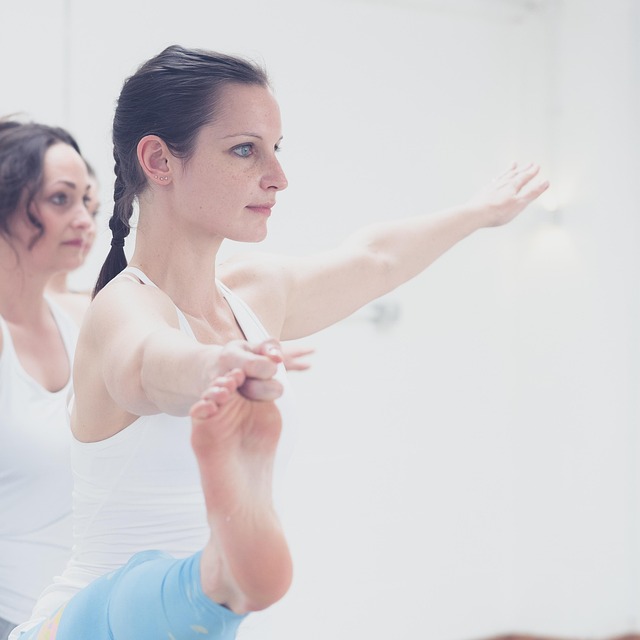In the realm of photography, achieving the perfect exposure is a blend of art and science, but there’s a crucial element that often gets overlooked: monitor calibration. As photographers, we invest significant time and resources in understanding our cameras, optics, and lighting conditions, yet we may neglect the very screen that allows us to edit and share our masterpieces. Without proper monitor calibration, even the most skilled artist can find their work misrepresented and unappreciated.
Imagine capturing a stunning sunset with vibrant oranges and deep purples, only to find that when you retouch the photo on your uncalibrated monitor, those hues appear washed out or overly saturated. This disconnect can lead to disappointment, and worse, it can derail your development as a photographer. Monitor calibration is essential for ensuring that what you see on your screen accurately represents what your camera captured. It is about creating a consistent and reliable visual environment.
When we speak of monitor calibration, we are delving into the precise adjustments needed to align a monitor’s color reproduction with standardized settings. Every display has its unique characteristics; brightness levels, contrast ratios, and color gaps can vary greatly from one screen to another. By calibrating your monitor, you are ensuring that the colors you edit—be it a soft pastel or a bold primary—will appear true and consistent across various devices and mediums.
In an age of digital sharing, where photos are often viewed on smartphones, tablets, and computer screens, the risk of your artwork being misinterpreted due to color discrepancies is a genuine concern. Calibration ensures that all observers see the same colors you intended, bringing your vision to life as you originally composed it through your lens. It enhances communication between you and your audience, allowing your photos to evoke the exact feelings and responses you envisioned.
Moreover, proper calibration helps maintain the integrity of your photographic workflow. Consider this: as you transition from shooting in RAW format to editing in software like Lightroom or Photoshop, the accuracy of colors and exposure relies heavily on your monitor’s calibration. This ensures that adjustments made during editing align perfectly with the original capture. A well-calibrated monitor allows you to make confident decisions regarding exposure, contrast, and color correction. You will no longer question whether that rich tone you’ve applied appears too dark or the highlight has become overly glaring.
Investing in a calibration tool can be one of the most beneficial choices you make as a photographer. These devices usually take the guesswork out of settings and can provide you with an immediate understanding of your monitor’s performance. After calibration, it’s essential to conduct periodic checks, as monitors can drift over time. This will keep your workflow consistent and fresh, ensuring your ongoing development remains unimpeded.
In the end, monitor calibration is not just a technical procedure; it’s an intrinsic part of the photographic experience. It empowers you as an artist to present your work authentically and connect with viewers in the way you intended. By investing in monitor calibration, you refine your craft and ensure that the emotions frozen in time through your camera are reflected accurately on the screen, paving the way for deeper connections and more profound expressions through your photography.



